Patriarch of Famous Gunmaking Family On The Hunt at 90
If someone were to look-up Safari Club International Life member No. 279, it would show the name Johann “Hans” Fanzoj. But who is this member of SCI? Turns out to be an epic story that spans generations, a world war and more.
At 90 years young, Johann “Hans” Fanzoj still hunts and farms in and around the Loibl Valley near the border of Austria and Slovenia. He is now the patriarch of the Fanzoj gunmaking family but has left the day-to-day tasks of heading-up the Johann Fanzoj gunmaking firm in Ferlach, Austria to his children, the current directors Patrick and Daniela Fanzoj.
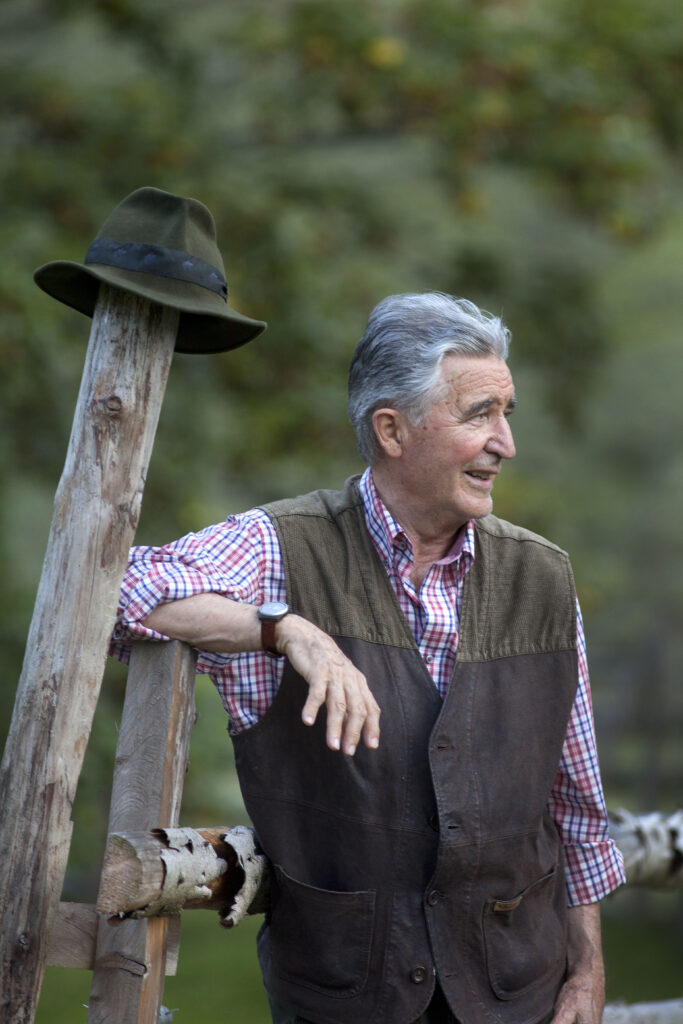
Johann “Hans” was born August 6, 1932, the son of master gunsmith Johann Fanzoj and Katharina Fanzoj, nee Wrulich or “von Kawan.” The name Fanzoj is one of the oldest known representatives of the gunsmithing trade in the world-renowned gunsmithing town of Ferlach, where weapons have been manufactured since the 16th Century.
In Ferlach, the gunmaking craft has always been passed down from father to son, so young Hans was automatically destined to follow this family tradition in the seventh generation.
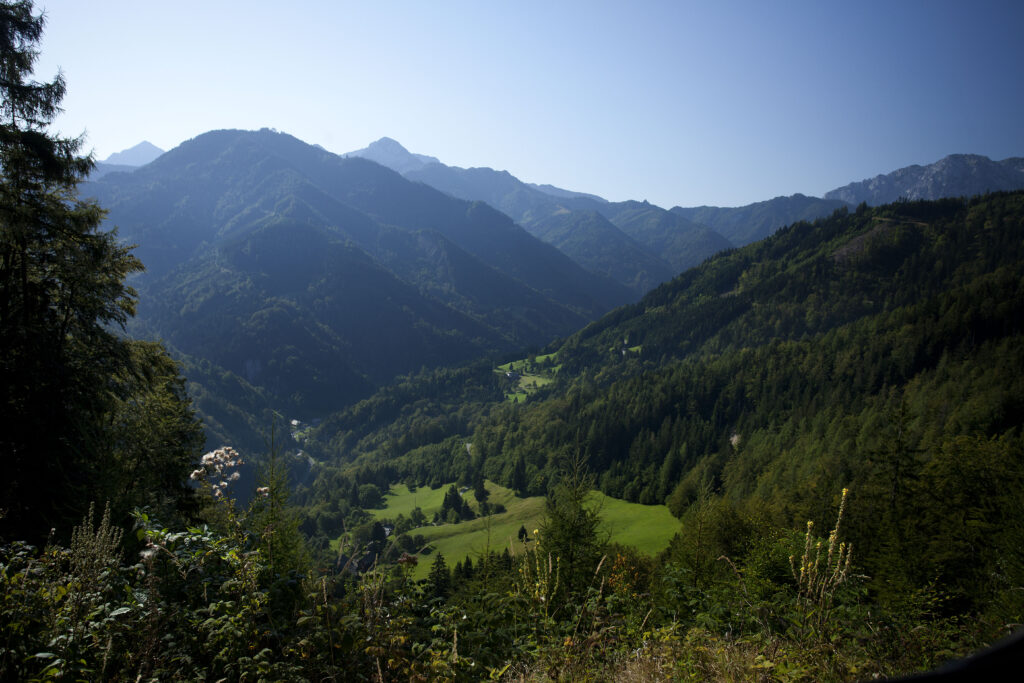
Hans was enrolled in elementary school in 1938, the year that Adolph Hitler took over Austria. By the next year, 1939, the gunsmithing shops were converted to war production (bayonets, etc.). Some of the Ferlach gunsmiths were commissioned to make hunting arms for the generals, while others were sent to the front.
Due to his young age, Hans spent the war years at home with his mother Katharina, who successfully resisted his admission to the Napola, the academy for the Hitlerjugend.
Katharina had come from a good home. Her grandfather Adolph Kawan was a hunting arms maker and supplier to the House of Habsburg and also made what were called Ischler single-barrel, break-open rifles with external hammer for Emperor Franz Joseph II’s legendary hunts in Bad Ischl.
Although the family made it through the war years, there remain memories of the break bread, which was stretched with sawdust. There were the air raids, fear, daring extradition campaigns in the local restricted military area and the political agitation in the neighborhood. All of these things tempered Hans and his generation in that place and at that time.
Hans was a hyperactive boy with quick perception, great ambition and the desire to “have it better.” Throughout his entire life of ups and downs, Hans’ courage to face life has shone through again and again. He has seized every opportunity and pursued it with passion, even when it has meant to get up and keep on.
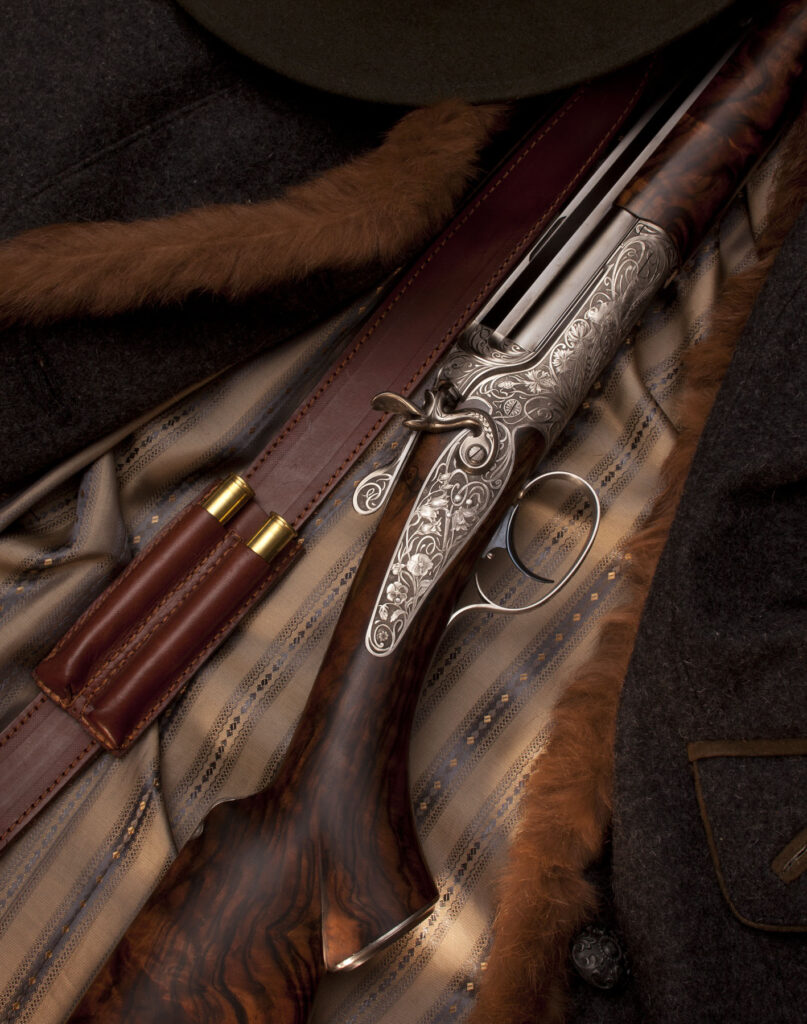
In 1945, after the end of the war, the British gave permission to produce hunting arms — initially only shotguns for officers and then also for enlisted men. From 1948, the production of rifles was resumed in Ferlach.
In 1946, Hans went to HAK commercial school in Klagenfurt, where he received comprehensive commercial training, including two foreign languages (English and Italian), in addition to his maternal language German and Slovenian.
By 1951, after completing schooling, Hans entered his gunsmithing apprenticeship in his father’s workshop.
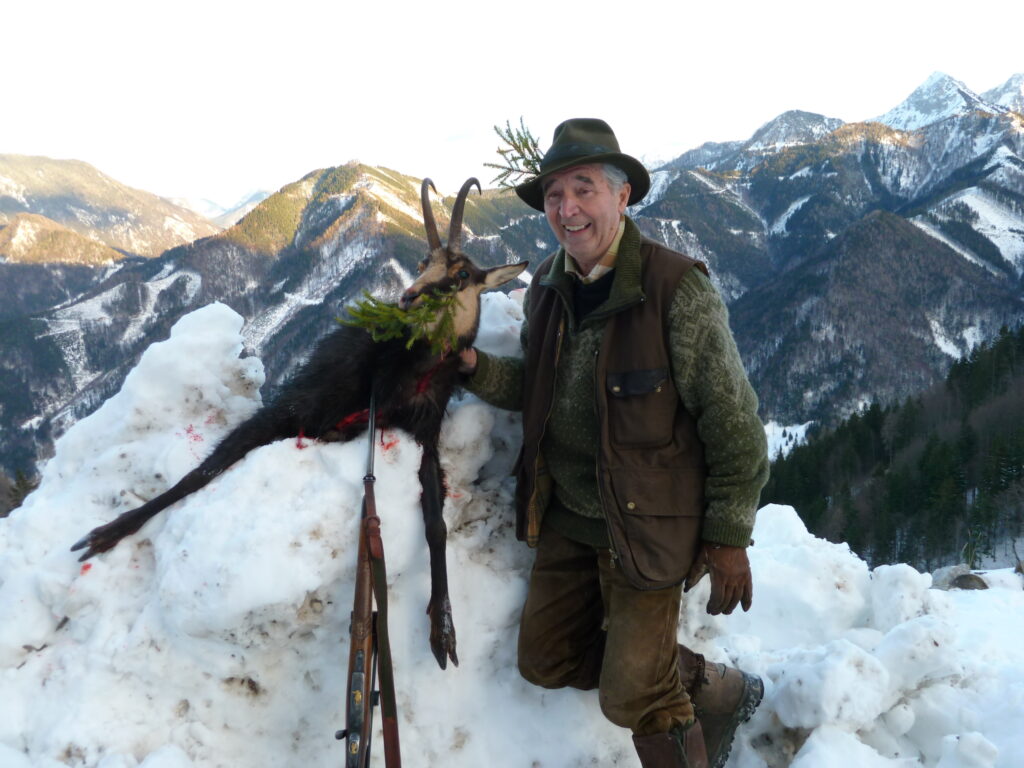
Hans then made his way into the world, first making contacts abroad in Germany. In 1965, Hans passed the gunsmithing master examination. His father died that same year.
Over the next few years, he began business associations in Italy and Yugoslavia, including close contact with Yugoslav Ministry of Hunting.
Hans went on his first African safari in 1970, the first master gunsmith from Ferlach to travel to Africa. This ushered in the era of large-bore double rifles in Ferlach. That first big bore side-by-side, which was built along the lines of English models, was used successfully and sold on the return flight. Trips to Zimbabwe and Namibia followed.
In 1971, Hans married Ilse Dollinger and they had three children, Daniela Katharina, Hannes and Patrick.
During the peak years from 1965 to 1980, Hans made up to 100 rifles a year. But in the 1980s, with the U.S. dollar crisis and growing international competition, which caused the leap into machine-controlled production, the whole of Ferlach fell into crisis.
In 1946, there were still 56 gunsmiths’ shops in Ferlach. But the number fell steadily and in 1989, only 13 shops remained. It was during that period that Hans boosted his company to international renown.
For example, in 1988, he became SCI Life member No. 279. During that time, he traveled to hunting shows and fairs in South America, Africa, Scandinavia, and the U.S.A. where he expanded his business, to the point that hunters on all continents hunted with Johann Fanzoj rifles.
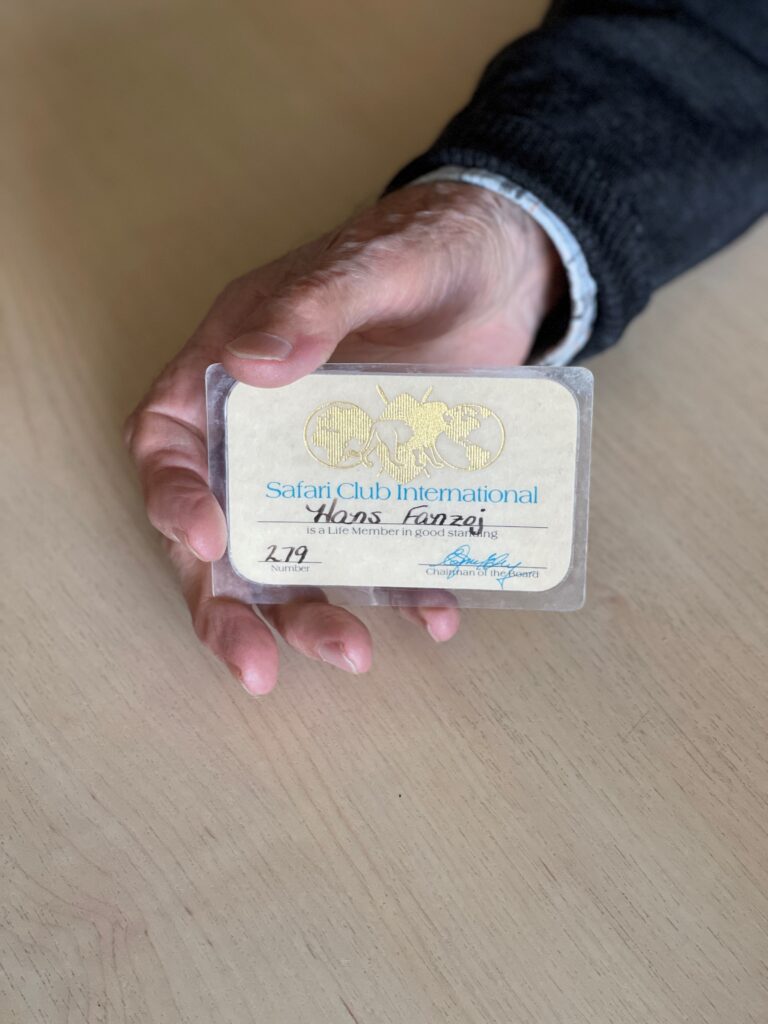
After Tito’s death, Yugoslavia broke up and soon after came the reunification of Germany. These international developments opened many new markets for hunting arms and equipment, stretching from Germany to Russia. In 1996, Fanzoj opened a branch in Zagreb, Croatia, featuring high quality rifles and hunting equipment. Three years later he also opened a branch in Ljubljana, Slovenia.
Also in 1996, Hans became Prior of the International Order of St. Hubertus, and in 1997 he was appointed head of the board of directors of the Cooperative of Ferlach Master Gunsmiths.
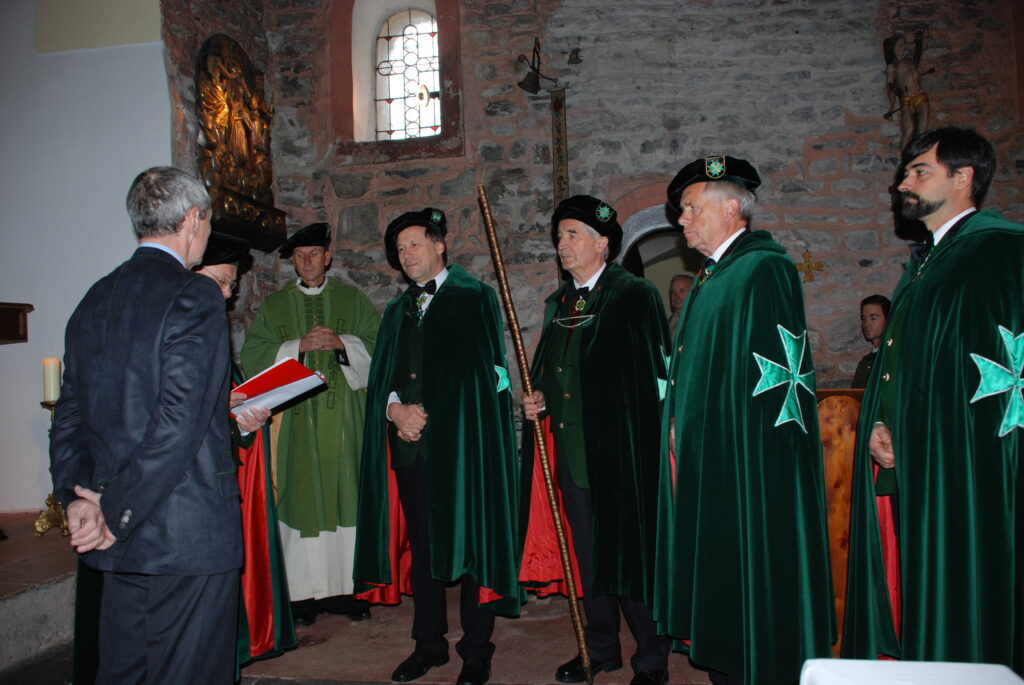
Then Fanzoj fanned out into the former republics of the Soviet Union, such as Ukraine, Kazakhstan and Azerbaijan, and later into the Middle East.
Since the age of 80, Hans has slowly withdrawn from the business world and back to everyday life. He continues to pursue hunting, his great passion, and maintains personal contacts with friends and associates.
He owns his own hunting and farming area in the Loibl Valley on the border with Slovenia, while children Daniela and Patrick run the world-famous gunmaking company.
This article originally appeared in the January/February issue of SAFARI Magazine.

